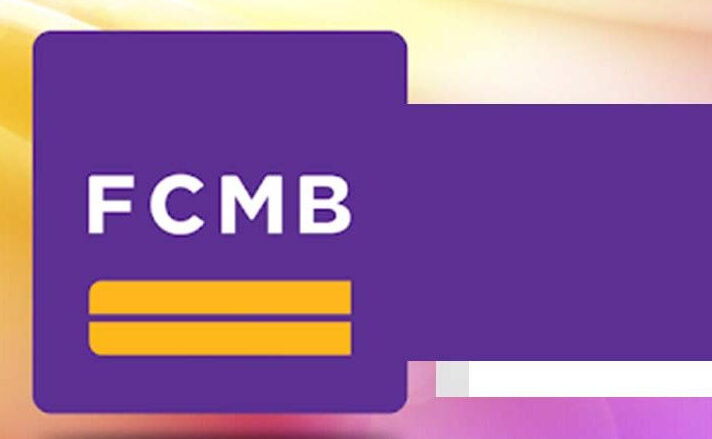After my first article on the best pension fund managers in Nigeria, a few people have commented differently on the article.
In response to the comments, I have decided to do another article on the pros and cons of Pension Fund Administrator (PFA) transfer. Here are some of the advantages
Better Performance
The major reason for any investment is to make gains. Most investment gains are measured with investment performance. When a fund manager performs poorly relative to his or her peers and relative to the benchmark, he is due for a change. Therefore, an advantage of transferring from one PFA to another is that if the fund manager you transfer to has a history of consistently outperforming the peers and benchmark, you will benefit from the new fund manager’s higher performance.
Alignment with Risk Appetite
Each investor or RSA holder has his or her risk appetite and risk tolerance and different asset types or classes are suitable for different risk appetite. By looking through the portfolio structure of different PFAs, it is possible to know which PFA’s asset allocation best aligns with your risk appetite. Therefore, you get the advantage of aligning the PFA’s asset allocation to your risk appetite by transferring to the PFA whose asset allocation is in agreement to your risk make up.
Fund Manager Fee Management
Although the National Pension Commission, PenCom, has guidelines about the type of fees that fund managers should charge, there are slight disparities in fees charged by different PFAs. By reviewing the fee charts of different PFAs, you may be able to transfer to a PFA in such a way that you save on fees without sacrificing other beneficial services.
Experienced fund manager
It has been said that in fund management, asset allocation is everything. A fund’s performance depends so much on the asset allocation of the fund manager. Experience plays a big role in asset allocation. So, by transferring to a more experienced PFA, you stand the chance of benefiting from the experience of a fund manager through his asset allocation prowess.
There are also disadvantages from transferring from one PFA to another, below are some of them:
- Loss of Relationship: A disadvantage to switching from one PFA to another is that you may lose the relationship you have created or built with your old PFA and need some time to create that same relationship with the new PFA.
- Loss of market rally: When you switch PFAs, your old PFA has to transfer your account balance to the new PFA. Transferring from one PFA to another creates a gap in investment and you may miss any market rally that may occur during that gap. There is usually a cut off date for such transfers. So, if there is a market rally, by way of price increases within the gap period, you will miss out on that rally.
Conclusion
It is not mandatory that you transfer your RSA during a given transfer window, if you are happy with your current PFA’s performance, fees, etc, then stick with them, after all, past performance is not a guarantee for future performance and the devil you know, may be better than the angel you do not know.





















